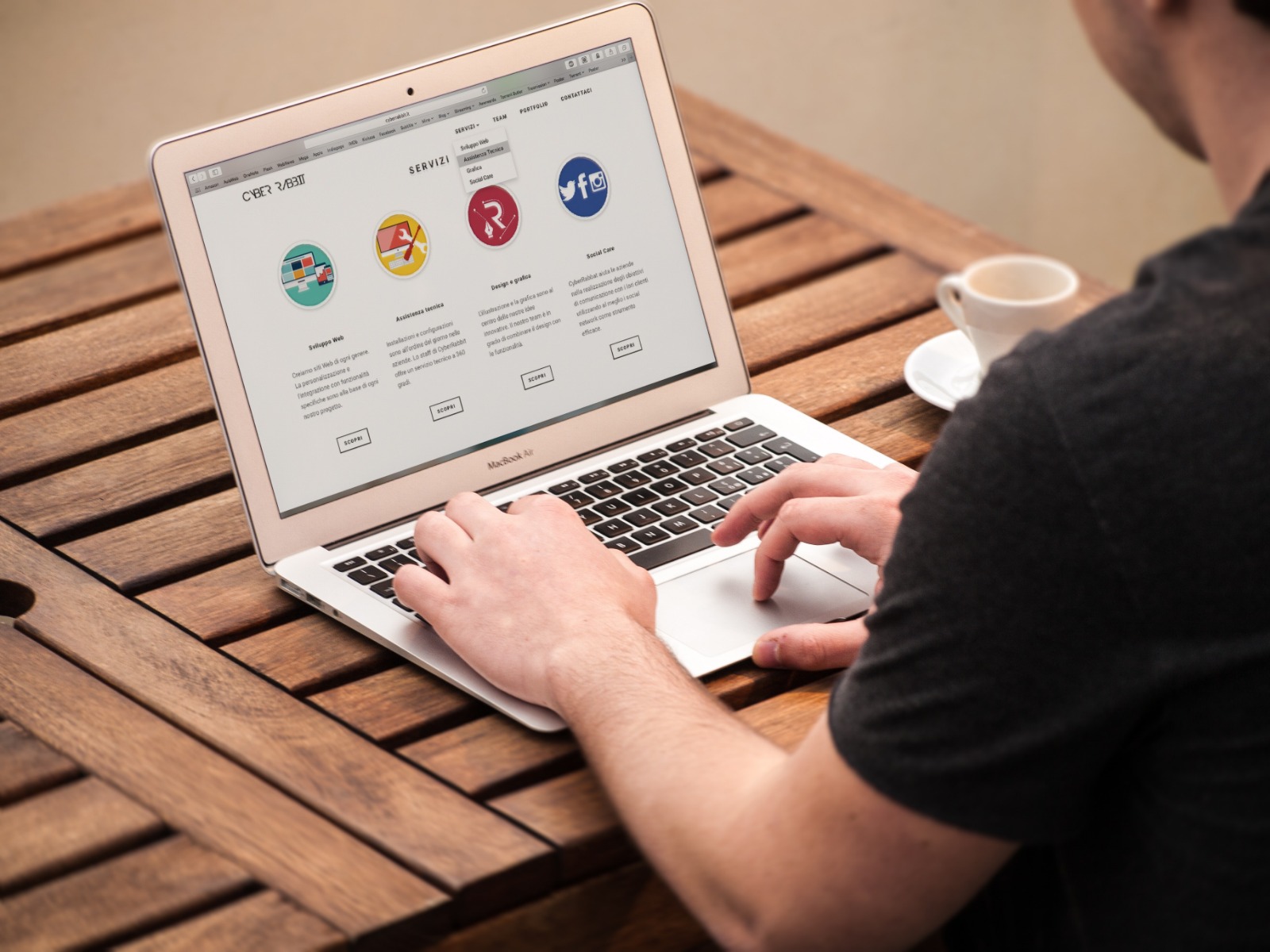Introduction
In today’s fast-paced business environment, success depends on the ability to gather, analyze, and act on information quickly and accurately. That’s where Competitive intelligence comes in—and the right tools make all the difference. Modern analysts rely on a suite of technologies to collect data, identify trends, and generate insights that inform strategic decisions. This article explores essential competitive intelligence tools that every analyst should know to stay ahead in 2025 and beyond.
Web and News Monitoring Tools
Effective competitive intelligence begins with monitoring. Tools like Google Alerts, Feedly, and Talkwalker Alerts allow analysts to track competitors’ press releases, blog posts, news features, and social media mentions. These platforms support real-time updates, enabling businesses to respond to emerging trends or threats quickly using actionable competitive intelligence.
Social Media Listening Platforms
Social media is a goldmine of unfiltered feedback and market sentiment. Tools such as Brandwatch, Sprout Social, and Hootsuite Insights provide powerful social listening features that support competitive intelligence by tracking competitor campaigns, customer reactions, and influencer endorsements. These insights help companies adapt their strategies based on public perception and real-time engagement.
Financial and Market Analysis Software
Platforms like Crunchbase, CB Insights, and PitchBook are essential for gathering competitive intelligence on startups, investments, and mergers. Analysts use these tools to evaluate market activity, identify funding patterns, and assess competitors’ financial health. They play a critical role in long-term planning and acquisition strategy.
Patent and Intellectual Property Databases
To stay ahead in innovation-driven sectors, analysts must keep tabs on new patents and intellectual property filings. Tools like Google Patents, Espacenet, and PatSnap empower competitive intelligence teams to track R&D efforts, identify technology gaps, and assess future product pipelines. Understanding IP landscapes helps shape product development and protect market share.
SEO and Web Analytics Tools
Tools such as SEMrush, Ahrefs, and Similarweb are indispensable in digital strategy. They enable competitive intelligence professionals to analyze competitors’ web traffic, keyword strategies, and backlink profiles. These insights help companies improve their online visibility, benchmark performance, and uncover gaps in digital outreach.
Product and Pricing Monitoring Tools
In industries where pricing fluctuates frequently, tools like Price2Spy, Minderest, and Prisync provide real-time competitive intelligence on product offerings and pricing. Analysts use them to adjust pricing strategies, identify undercutting tactics, and remain competitive in dynamic markets.
Job and Hiring Intelligence Platforms
Job boards and hiring data can reveal internal priorities. Tools like LinkedIn Talent Insights, Indeed Hiring Lab, and Craft.co allow competitive intelligence teams to track hiring trends, skill requirements, and talent flows across competitors. This intelligence uncovers future initiatives or expansions based on workforce development.
Internal Collaboration and Knowledge Management
Competitive intelligence is most effective when shared across teams. Tools like Notion, Confluence, and SharePoint support collaborative analysis, documentation, and centralized knowledge sharing. These platforms help analysts create accessible reports and dashboards that decision-makers can use confidently.
AI-Powered Research and Automation
AI-driven platforms like Crayon, Klue, and AlphaSense use natural language processing and machine learning to automate data collection and analysis. These tools deliver competitive intelligence faster and with fewer blind spots by scanning millions of documents, transcripts, and publications in real time.
Data Visualization and Reporting Tools
Finally, effective presentation of insights is crucial. Tools like Tableau, Power BI, and Datawrapper help transform raw data into compelling visuals. For competitive intelligence to drive action, it must be understood easily—these platforms make it possible to turn complex datasets into simple, strategic visuals.
Conclusion
In a world where data is abundant and attention is limited, analysts must rely on powerful tools to extract meaningful competitive intelligence. From monitoring and automation to visualization and collaboration, the right technology empowers professionals to turn scattered information into strategic insight. By mastering these essential competitive intelligence tools, analysts ensure their organizations remain informed, agile, and competitive in an ever-changing marketplace.



